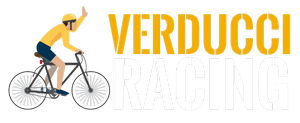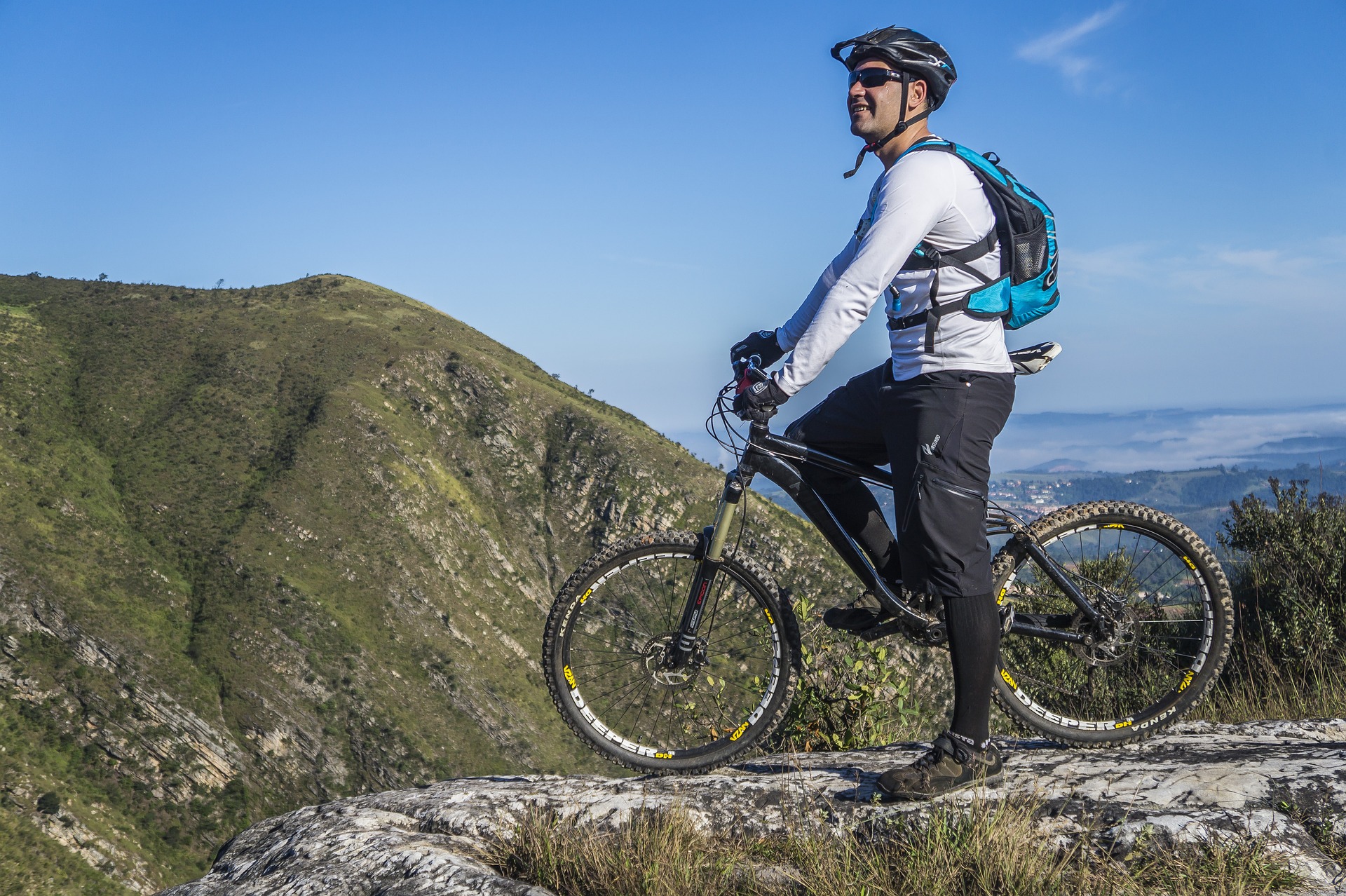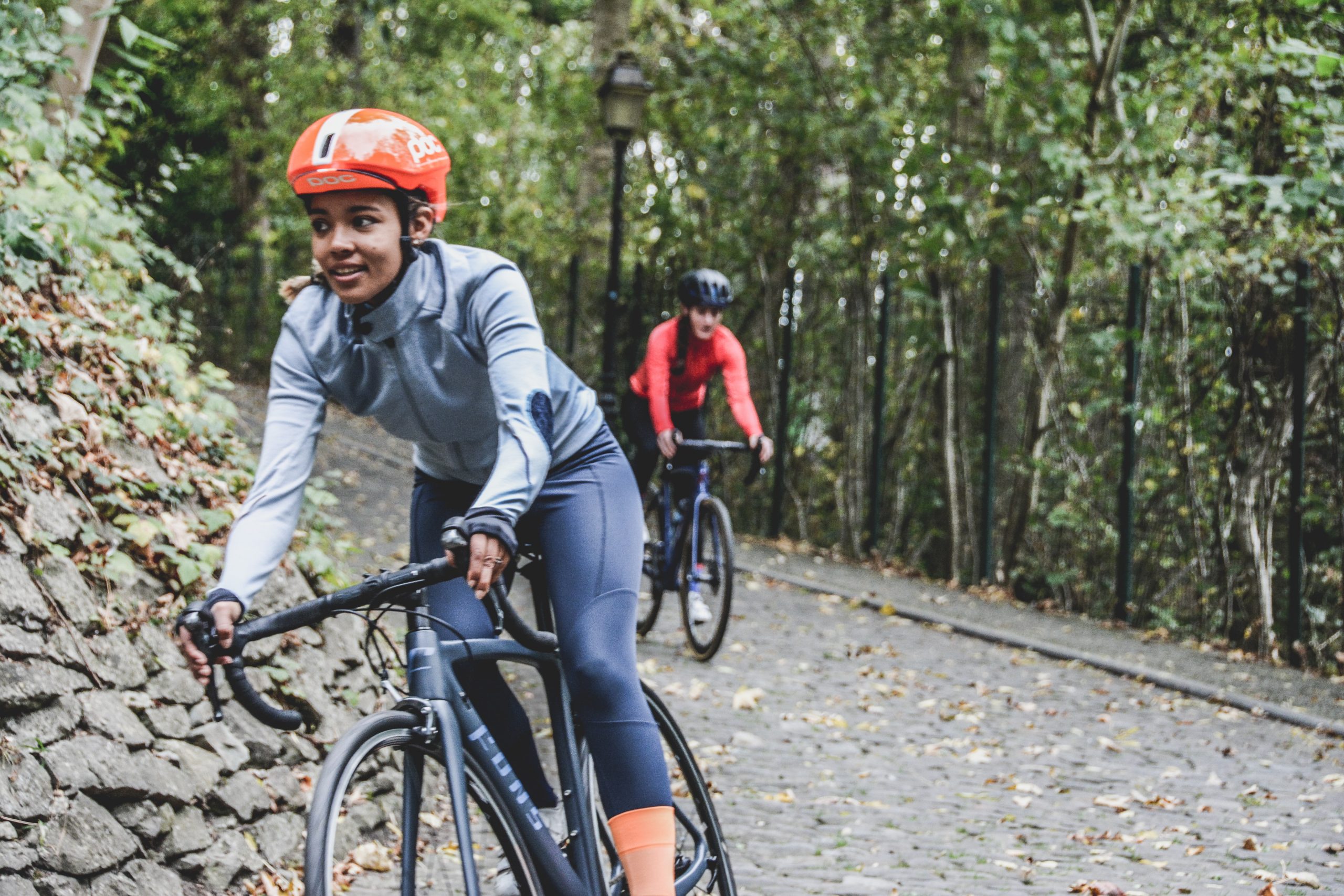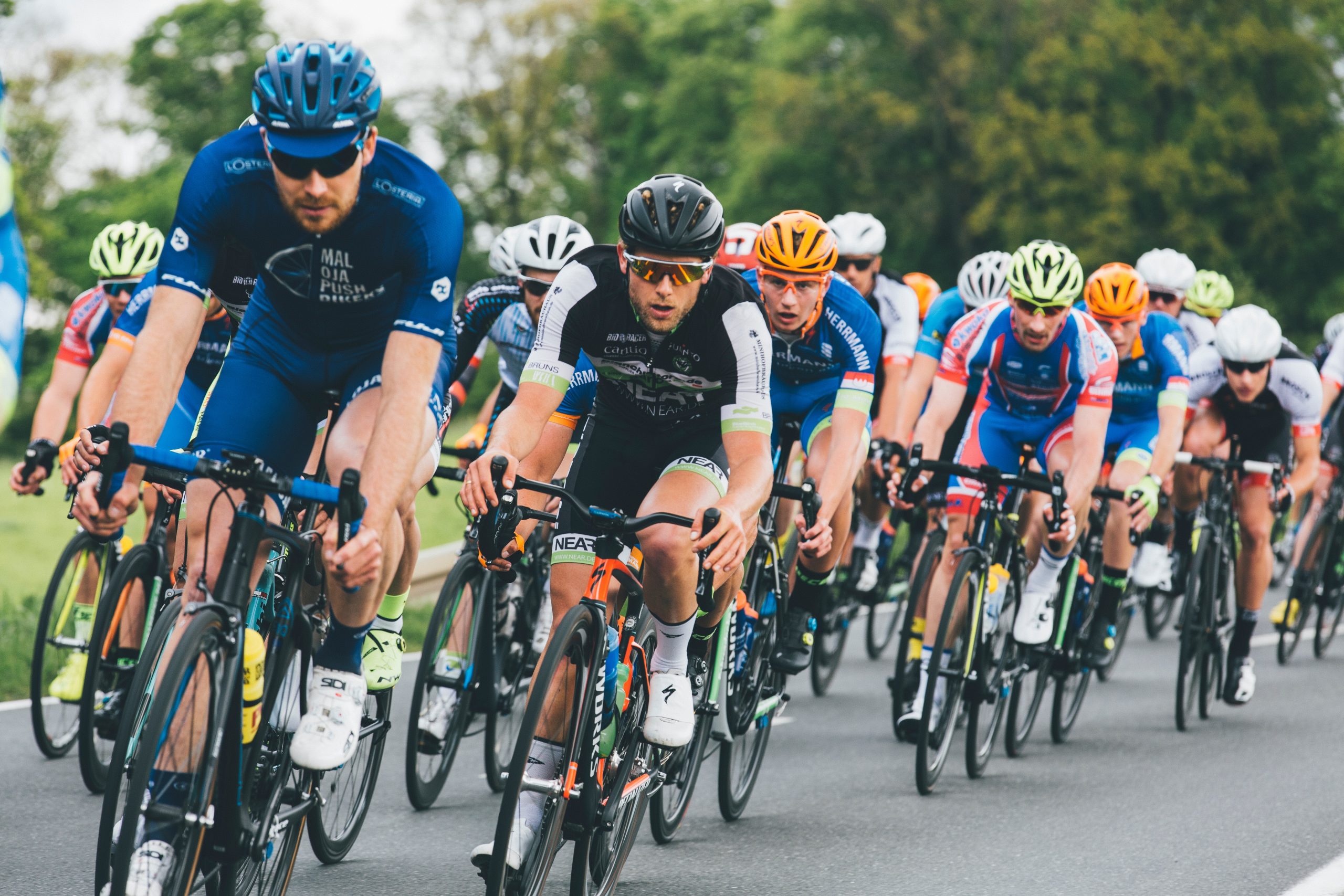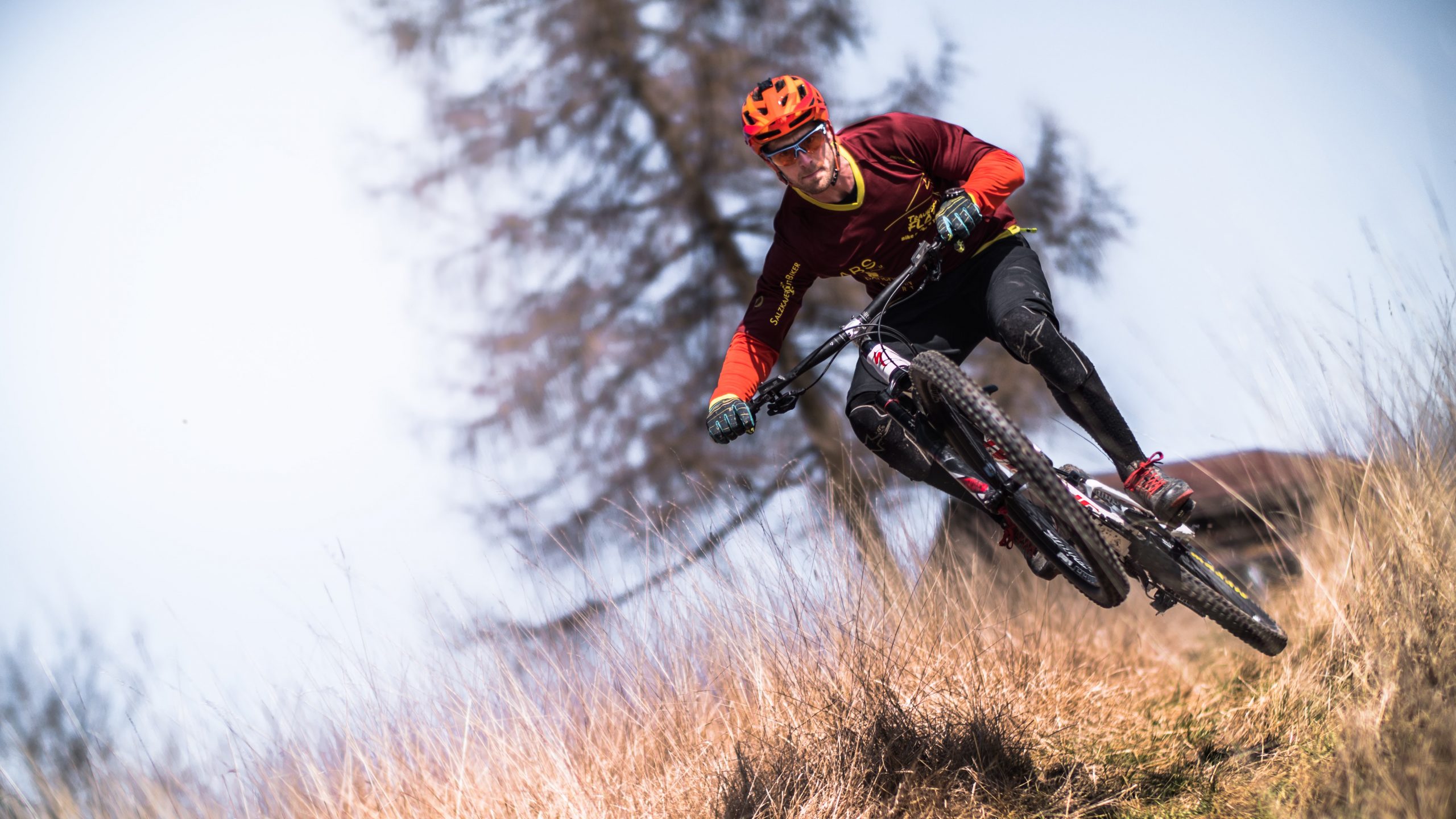There are many changes in the cycling community, from veteran riders getting off their bikes to newbies starting to learn how to ride. At our events and camps, we see all levels of cycling. As coaches, we believe that teaching the basics is as important as helping athletes to take advantage of the latest sports science.
Bicycling can be a part of our daily lives. For some, this means setting goals and training to reach them. It doesn’t have to be challenging to go from someone who rides a bicycle to one who trains to become an athlete. You can learn a little to make cycling training effective. With the proven tips and information in this guide, you can begin training and be ready for long rides.
How to Get Ready to Start Cycling as a Beginner
It would help if you did some things before you started working out or spending more time on your bike. These are, in short:
Bring your bike to the shop for a tune-up. So your bike can support your goals.
A bike fit is essential: You can ride more comfortably and are less likely to injure yourself if you have a bad bike fit. A bike fit can prevent or eliminate numbness in your hands, sore neck and shoulders, and pain in the lower back, knees, and legs.
Remember to gear up! Although you don’t need to be a professional, padded short for cycling are essential. If you don’t like the tight look, a baggie with a padded liner is a better option. Because they’re designed to be worn with padded shorts, cycling seats don’t need a lot of padding. Avoid cotton and stick to moisture-wicking fabrics for other apparel. Layers are a good idea to adapt to changing weather conditions.
Wear a helmet.
Items You Don’t Need To Get Started
You can find a wide range of products for cyclists, but it is essential to remember that you don’t need to buy everything or spend a lot. These are the items that people (including salespeople at bike shops) believe you need but don’t.
Power meter: It is incredible how practical power training can be. However, you can spend a little time making significant progress with it.
Power Meter – Heart rate monitor
Anything made from carbon fiber: Carbon fiber can be light, solid, and expensive. You should consider a carbon bike frame, wheel, or other components. More affordable aluminum will provide all you need.
The First Week of Cycling Training
It would help if you rode your bike more often than last week. Start by riding your bike three to five times weekly for 30-60 minutes. You can use this time to ride for recreation or transportation. Increase by 10% if you have depended weekly.
Stay calm about how hard you work. Avoid going from zero to four intense spin classes in week one. Do not start with intensity. Start with volume, and increase power later. It would help if you rode at a conversational pace, which means you can speak to others on the bike in complete sentences. This is a moderate intensity level. It is a 4-5 on the 10-point Rating Of Perceived Exercise Scale. 1 is just sitting in a cafe, looking at your bike. 10 is all you can do.
The first month of cycling training
Beginners who did not ride regularly before they started to train should increase their weekly riding time by 10% throughout three to six rides—rest day. No training. At least one day per week. A lot of athletes reach their weekly training limit within a month. This is especially true for athletes who used to ride regularly before switching to goal-oriented training.
Add longer weekend rides. Although you can increase your training volume by incrementally making each ride longer, many athletes with family and work priorities need help to ride for more than 60-90 minutes on weekdays. You can also increase your weekend ride time. Find out the length of your longest ride. This is also a good idea because it creates a training stimulus (training stress, which causes your body’s adaptation and growth).
Get connected to the cycling community. Cycling with experienced cyclists is a great way to improve your skills. There is a learning curve when you first start cycling. Everybody started somewhere. Most people will help less experienced riders cut down the learning curve. Finding a group that you feel comfortable with is the key. The best place to start is at your local bike shop. Many offer weekly group rides for all levels of skill and experience. Many also provide group training sessions, such as a ride out for climbing repetitions up a local hill.
Strava and Zwift allow you to still connect with the cycling community if you are more comfortable training indoors or have limited time for training. These indoor cycling workouts are sub-60 minutes long. These apps can be used as fitness trackers and social platforms to help athletes keep track of their progress and hold them accountable for achieving their training goals. Coaches often allow athletes to upload their training data to TrainingPeaks. This app is part of our TrainRight membership. Other apps enable coaches to analyze data and schedule and adjust training. You can make fitness trackers more efficient with more data. Make sure you upload your data if you have one.
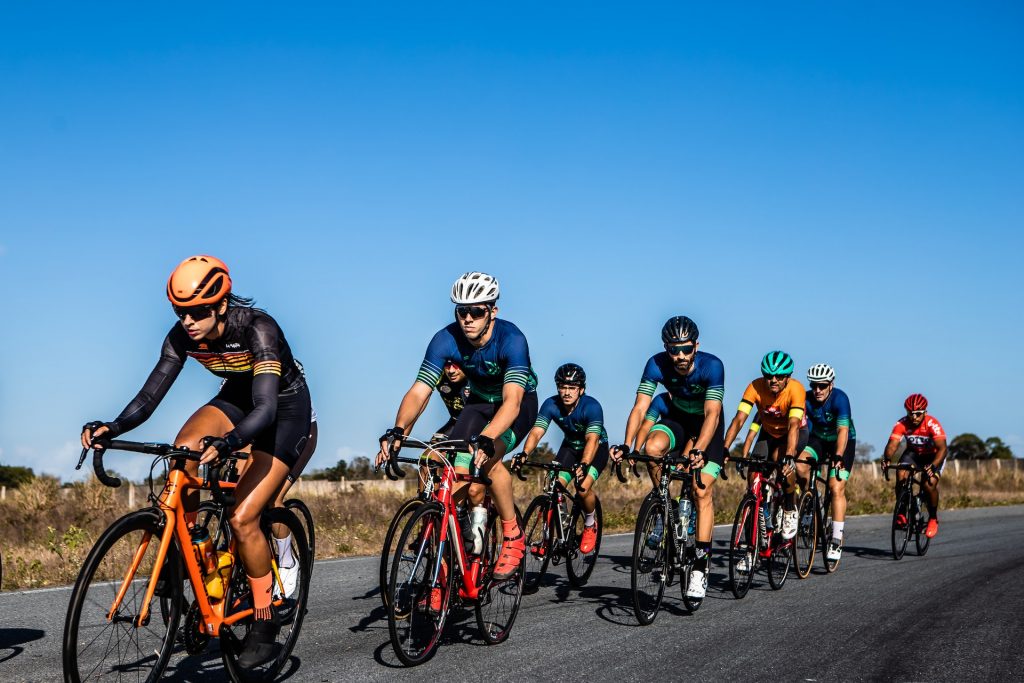
The first three months of cycling training
Your fitness will only improve if you ride more, mainly if your training schedule is limited to 6-10 hours per week. The workload is a function of volume and intensity. To increase the workload without increasing volume, we must increase intensity. Intervals are a great way to increase workload without increasing volume.
Interval training can be used to increase the total workload. It involves alternate periods of high-intensity and low-intensity recovery. Intervals are short or long, can be challenging, or easy to see. The intensity of your effort and how long you can keep it going in an inverse relationship. The longer the interval, the harder it will be. Athletes can use this relationship to target their energy system with a single workout, series, or whole training block.
Here’s how energy systems and interval duration correlate. While there is some overlap, the main point is that you cannot do 10-minute VO2 max intervals. This is because you can’t sustain that intensity for 10 minutes. It is also rare for athletes to support 60 minutes of lactate threshold intensity. Most athletes can only maintain a power of 10-20 minutes to improve their performance at the lactate threshold. Intervals that are too long can lead to a decrease in the intensity of aerobic conditioning. This is okay, but it doesn’t help you achieve your goal.
Cycling workouts for beginners
Tempo is the first interval cycling workout for beginners to add to your training. Tempo is a moderately complex aerobic intensity interval. It’s easier than your cruising endurance pace, but it’s not too tricky that you can’t say short sentences. Tempo is best integrated into your training by accumulating time at intensity. These intervals should last at least 15 minutes and then progress to 60 minutes. A Tempo workout typically consists of one long break. You might ride for 60 minutes and add a 20- to 30-minute Tempo interval at the end. Tempo intervals are more efficient than cruising at an endurance pace for 60 minutes.
SteadyState is the following cornerstone interval you should incorporate into your training. These intervals are 10-20 minutes long and aim to increase your maximum sustained power output or power at the lactate threshold. You can tell if your breathing is slow and deep but not out of control. You can only speak in short sentences. Three 10-minute SteadyState intervals are the cornerstone of lactate threshold interval training. They are separated by five minutes of easy spinning recovery.
Sports Nutrition For Cycling Training
It is crucial to ensure that your daily caloric intake meets your needs as you increase your weekly caloric consumption. Most Americans consume too many calories. This is why it is so common for people to overeat when they begin training. Five hundred calories per hour for a moderate endurance ride is an acceptable caloric consumption. A hard workout might increase that number to between 750 and 800 calories per hour for an athlete just starting. These guidelines can be used as a guideline for customizing your sports nutrition.
Hydration is key. Hydration is a top priority. It helps to regulate core temperature via sweating, maintains blood volume to carry oxygen to the working muscles, and digests food. Hydration drives nutrition. Your nutrition strategy’s effectiveness is determined by how hydrated you are.
Workouts of 60 minutes or less are not required to consume additional calories. Training sessions start with between 1600 and 2000 calories of stored carbohydrate energy and tens to thousands of fat calories. There is more energy than you need to power a 60-90-minute workout.
Do not consume carbohydrates if you are exercising for more than 90 minutes. Carbohydrates are the body’s preferred fuel for high-intensity activities. This causes performance to drop. You can improve your performance on longer rides by consuming 20-30% of your daily caloric expenditure, mainly carbohydrates. For a 3-hour endurance ride, estimating that you will consume between 500-600 calories an hour and 100-180 calories is ideal.
Hydration in your bottle, calories in the pocket Although sports drinks can be great, there are risks to mixing fluids and calories. Separate the liquids – water in your bottles or electrolyte drinks and food in your jersey pockets. This allows you to increase fluid intake when you experience high temperatures or exertion but not overload your stomach with calories. Learn more about nutrition and hydration for hot weather.
A healthy diet that includes fruits, vegetables, lean protein, and natural oils will be sufficient for you to ride. Most cyclists will be able to eat healthy meals and snacks, as cycling does not increase their protein needs. Energy is the most important thing. To lose weight, restricting calories can often hinder your body’s ability to create positive adaptations that will improve your performance and fitness.
